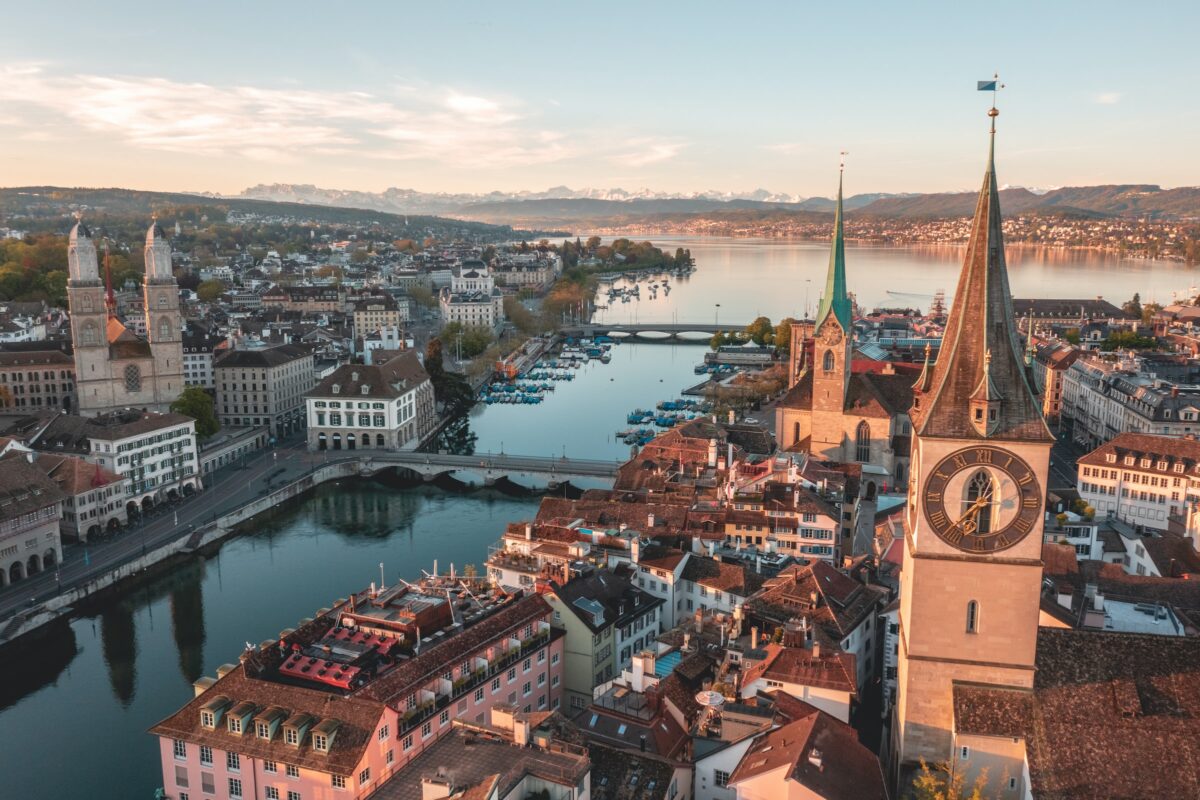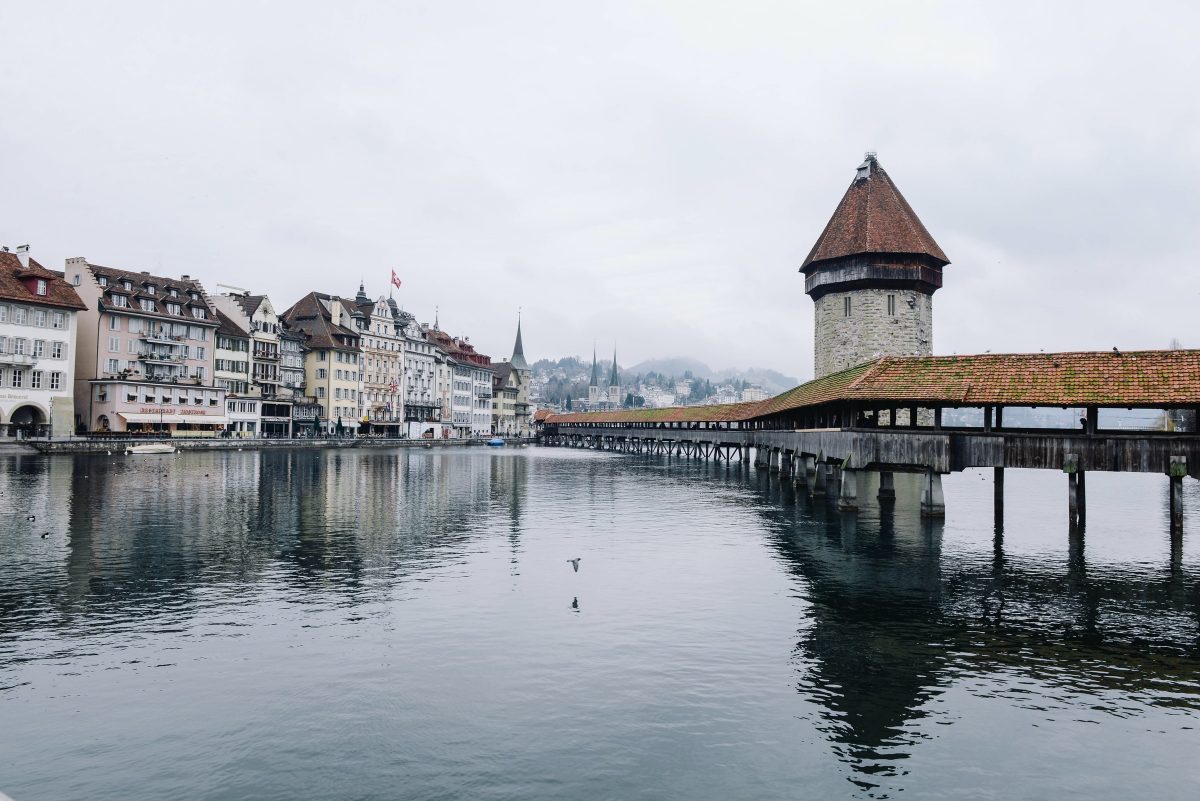Six countries are members of the European Union but not NATO. That no longer makes sense.
You may not have been glued to the annual new year’s address by Finland’s president. That’s understandable but unfortunate, because Sauli Niinisto said some remarkable things. His speech should give the European Union an idea, to be discussed not just in Brussels but also — and especially — in the capitals of Sweden, Austria, Ireland, Cyprus and Malta.
These six countries all belong to the EU but are otherwise officially non-aligned, meaning that they are not members of NATO, the transatlantic alliance that kept the peace during the Cold War and currently has to figure out how it would respond to a renewed invasion of Ukraine by Russia.
The idea — inspired by Niinisto’s comments — is this: All six neutral countries, linking arms with the EU and NATO, should turn the ultimatum given by Russian President Vladimir Putin to the West on its head. He’s in effect demanding that NATO stop expanding forever, or else he attacks. Instead, the Finns, Swedes, Austrians, Irish, Maltese and Cypriots should explain that if he does attack, they will join NATO.
Niinisto, of course, didn’t nearly go that far. In his diplomatic way, he merely reminded Finns that their “room to maneuver and freedom of choice also include the possibility of military alignment and of applying for NATO membership, should we ourselves so decide.” This freedom of choice is exactly what Putin wants to deny countries such as Ukraine, Moldova or Georgia.
A new and welcome sense of Finnish confidence and destiny is peeking through Niinisto’s words. After the Second World War, Finland famously declared itself non-aligned in a bilateral deal with the Soviet Union. This was a pragmatic but somewhat desperate attempt to keep its sovereignty next to that huge communist bully. West Germans and others applied the pejorative term “Finlandization” to this process of kowtowing in return for nominal independence.
The other five neutral EU countries have different histories. Austria’s story is closest to Finland’s: It declared itself non-aligned in the 1950s to end the occupation of the Allied victors of World War II, including the Soviet Union, which had made Austrian neutrality a condition. That said, Austria’s tacit business model nowadays rests on being comparatively friendly toward Moscow. If Putin becomes a rogue menace, that’s no longer tenable.
That dynamic is even more pronounced in Cyprus. It has attracted so much money from Russia’s oligarchs, it’s sometimes called a Russian bank account inside the EU. But aside from that, nothing would stand in the way of Cyprus’ membership in NATO. The island is contested between the Greek-speaking south (which is in the EU) and the ethnically Turkish north (which is recognized only by Turkey). But both Greece and Turkey are already in NATO. Cypriot membership in the alliance could actually stabilize the island’s simmering conflict.
The same logic applies to that other divided island. The part of Ireland that belongs to the U.K. is no longer in the EU but still in NATO. The situation of the Republic is reversed. But nobody doubts that Ireland’s sympathies in a conflict with Russia would lie with the West. And the country no longer needs to prove that its foreign policy is independent of the Brits’, which was one reason why it didn’t join the club long ago.
Among the six EU countries, the tradition of neutrality is strongest in Sweden, where it is baked into notions of national identity as in Switzerland (which is not in the EU). After losing a war to Russia more than two centuries ago, Sweden ceded Finland to the Tsars. From then on it saw its destiny in non-alignment, feeling relatively safe behind the buffer of Finland.
And yet the two Nordic nations nowadays see the world in similar ways. If Russia becomes more aggressive in the Baltic, they would both be on the front line. Above all, both have an interest — as does the entire EU — in sending a message to Putin: We don’t accept your attempt to return to might-makes-right and spheres of influence; we won’t allow great powers once again to decide among themselves the fate of smaller nations.
In 21st-century Europe, neutrality is no longer a viable raison d’etat (with the possible exception of Switzerland, but that’s another story). A strategy of non-alignment presupposes that potentially hostile actors abide by rules, the first of which is that they won’t attack neutral nations. Putin appears intent on proving again that he disdains such norms.
Niinisto made this point by quoting Henry Kissinger. As that arch-realist former U.S. secretary of state put it in his doctoral thesis:
Whenever peace — conceived as the avoidance of war — has been the primary objective […], the international system has been at the mercy of the most ruthless member of the international community.
In today’s context: If you put neutrality above all else, you put all of us at the mercy of Putin.
If Putin takes the hint and backs down (for now) in Ukraine, the neutral countries can always wait. But in the long term, their membership in NATO makes sense anyway. The EU has long been frustrated that it has so little heft in geopolitics. And it has long been at odds with the U.S. about whether and how to build a “European army”, without confusing or compromising NATO’s command structures.
Admitting all countries in the EU into NATO could partially address both problems. The Europeans would become a single, more-or-less coherent bloc within the Western alliance. Both the EU and the West would be stronger as a result. In fact, this path may be the only way Europe can keep its seat at the table of great powers and be taken seriously — even by unscrupulous tyrants like Putin.




